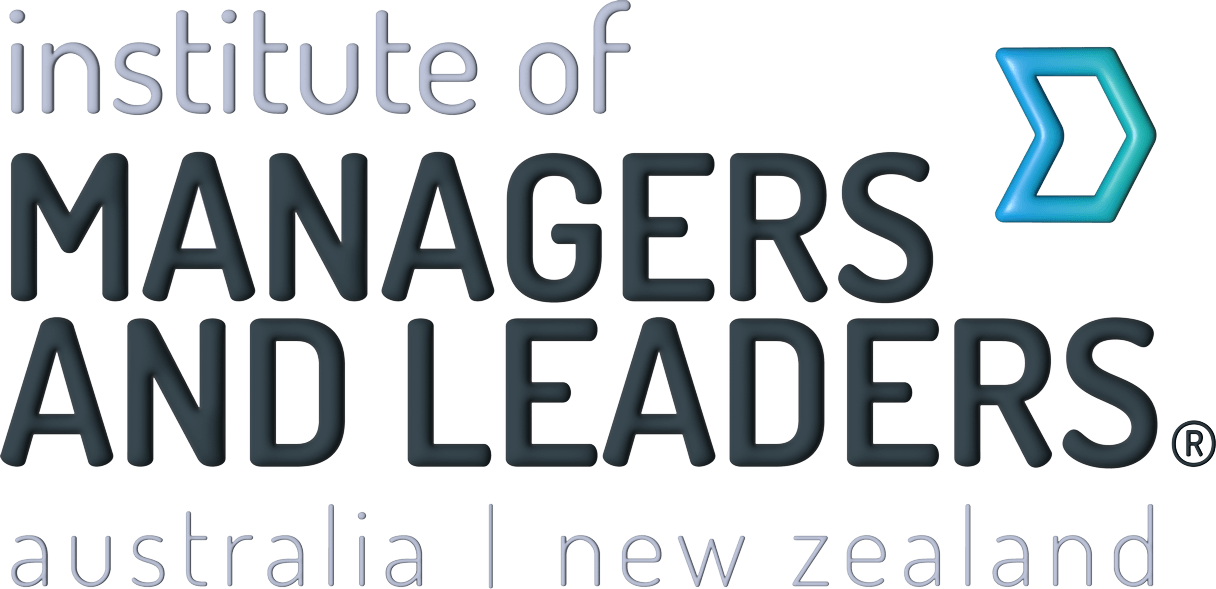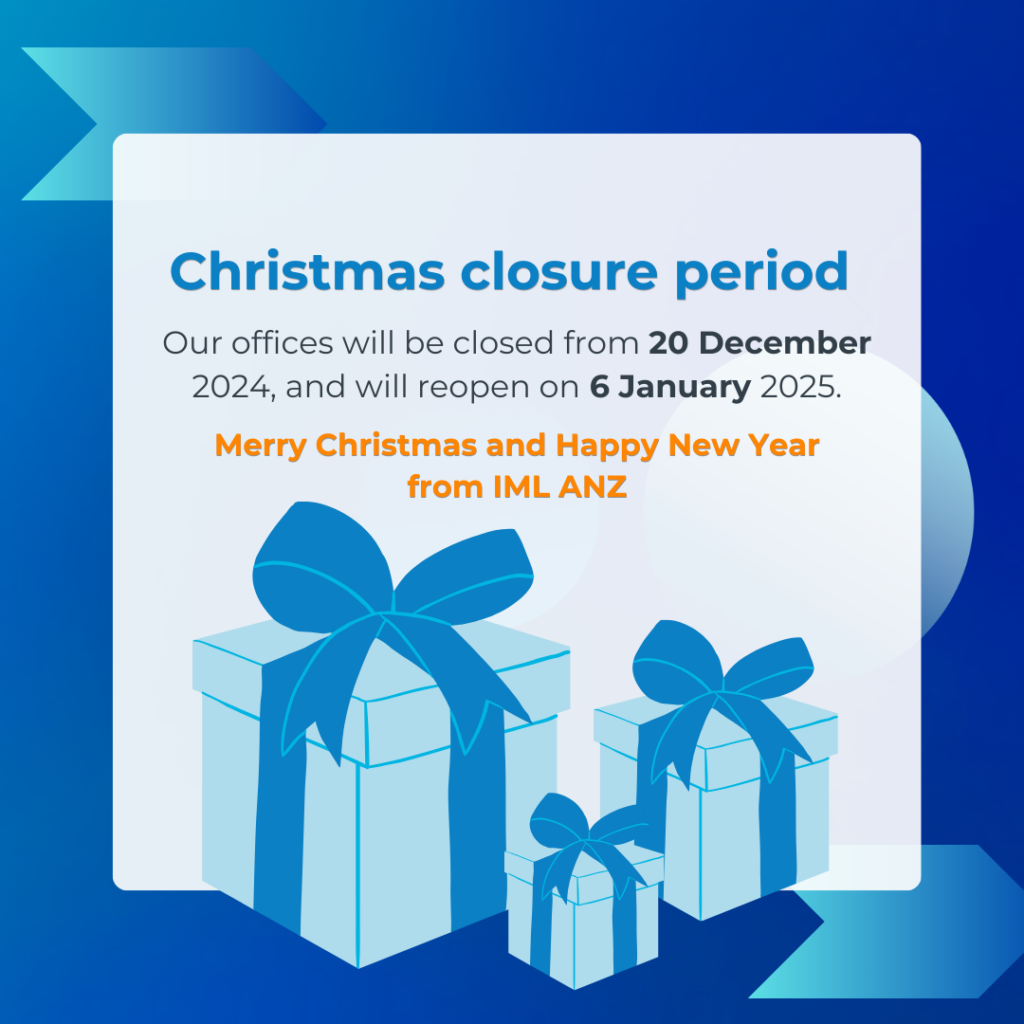Being an evidence-based leader is a double-edged sword. Evidence becomes both a tool in our hand and a rod for our back. It’s how we learn about the true performance of our organisation, so we can manage it and also manage how we’re judged for that performance. We cannot have the former without the latter.
The price for informed decision-making is transparency and accountability, a price that appears too high for many leaders. They keep their heads in the sand and steer by gut feel; they distract with hearsay and anecdote and biased selection of data. But what these leaders don’t realise is that the price of transparency and accountability is much lower than the price of ignorance. Organisations led by such leaders rarely perform well. And if they perform well in something, it’s usually short-lived and at the expense of other important results.
In truth, most of us would like it both ways: to always be right and to have an organisation that is performing well. But we need to decide what’s more important.
One of my earliest teachers in organisational performance was the safety manager in a transport organisation. He invited me to help him improve safety performance reporting, and part of my improvement was to display the safety-performance measures in line charts with about two years of history. This was so we could see how performance changed over time, track the impact of our improvement initiatives and see the potential for further improvement.
This was what I assumed the safety manager was indeed trying to do. But I was wrong. He wanted to know that what he was doing was working. Not if, but that it was working. The graphs I showed him told a different story: they showed nothing had changed over the past two years. Performance was not improving under his leadership. He wanted to be told he was always right, and the price he paid was impotence: the lack of any effect at all on safety performance. And, of course, that was the price his organisation also had to pay.
In contrast, Jon, the CEO of a timber products company and one of my favourite clients, decided to lead his organisation to actually perform well. He was frustrated that he couldn’t see any bottom-line impact from all the investments the company was making in improving processes.
Rather than hiding this from his board, making excuses or looking for data that would paint a positive picture, Jon took ownership of reality. He and his senior leadership team spent the time to learn how to measure the company’s strategic direction, over and above profit. They aligned each operational team with that strategic direction and helped them learn how to measure the operational results that were drivers of the strategic results.
They used the measures as a cornerstone in their evidence-based management. And it became easier to align their process improvement projects to the strategic results, and the bottom line.
Transparency and accountability are demanded of organisations now, and they are needed in order to truly know how an organisation is performing. And, of course, accountability means that the organisation’s leaders will take responsibility for actual performance if it’s below expectation.
Our world needs more courageous leaders who will accept the price of transparency and accountability and pursue high performance. Because that’s really the only way that things get better.
Evidence-based leadership is not about how to lead. It’s about what to give our attention to as we lead. It’s not about how to direct or how to engage. It’s about how to communicate or how to inspire or how to direct or how to engage. It’s about how to apply all these attributes to create a high-performance organisation.
What we give our attention to as we lead is the performance of the organisation. We communicate the results that matter, so everyone understands them. We inspire everyone to reach for higher performance targets, to achieve the results that matter. We set direction and help each team find their contribution to it. We engage everyone so they feel ownership of their contribution. How we lead is important, and what we emphasise through our leadership is just as vital.
To lead an organisation to high performance, a strong emphasis must be given to the role of evidence. Evidence-based leaders pursue high performance by speeding up the cycle of closing performance gaps – those gaps between where performance is right now, and where they want it to be. This is why these leaders give a lot of attention to results-based performance measures.
Without good performance measures, we have no evidence. With no evidence, we can’t know.
MAKE IT UNDERSTOOD AND IT WILL BE MEASURABLE
Leading an organisation is much more complex than navigating a ship across vast oceans. There are many more variables and forces interplaying, and we don’t yet have the instruments and charts to detect or predict them all.
But the fundamental principle of direction is the same: if the captain isn’t clear about where to go and how to hold course when the seas get rough and the crew gets worried and confused, the voyage fails. Leaders of organisations need to be clear about the destination, and how to hold course when the pressure is on. This is the habit of articulating a clear direction, which is not about business as usual. It’s about strategy, and strategy is about change, improvement and working on the business and not in it.
A good strategic direction is where evidence-based leadership begins. A good strategic direction is results-based, not action-oriented. Evidence-based leadership makes no sense if there are no results to strive for. If the strategic direction is a simply a list of initiatives or projects or things to get done, then people confuse success with completion. But there is little point in getting stuff done if we’re not aiming that effort at the results we want to achieve.
For example, there’s no point in completing an initiative to set up a customer relationship management system unless everyone is clear that the result is to retain profitable customers. When we know the results we want to achieve, evidence-based leadership has a context. But too often strategy is written as a list of initiatives or projects or things to get done, and there is no result in sight.
ALIGNING PROJECTS WITH RESULTS
It isn’t an either/or decision to be project-oriented or results-oriented. We need to be both, but at the right time. We need to be project-oriented when we are managing the activities and initiatives we’ve invested in. And we need to be results-oriented to make sure we choose the right activities and initiatives, and that those investments aren’t a waste of time, effort and money.
There is a clear difference between program management and performance management, which monitors milestones and expenditure to keep projects on track. Performance management monitors performance measures to keep the results on track. Both are part of evidence-based leadership, but the former is only ever going to add value when the latter is defined clearly first.
WHEN PEOPLE ARE ONLY PROJECT-ORIENTED, WASTE IS GUARANTEED
Performance does not equate to completing projects on time and on budget. The only reason we invest time and money into projects is to make a needed difference, or have a specific impact, or achieve a particular result. If we don’t know what the objective is then how can we know that we’ve chosen the right project? How can we know if we’ve designed the project in the right way, and implemented it well? If we don’t know, then we’re guessing. And acting on guesses will always cause many times more waste than acting on knowledge.
Of course, not much will change if people are only results-oriented. Being clear about the results we’re striving to achieve is motivating and focusing.
We get everyone’s energy aligned toward the same end goal. Collaboration is easier, and so is decision making when problems or difficult choices arise. But without action, results never become reality. We sit around theorising and visioning and never get anything done. This breeds cynicism and apathy.
We need to marry results-oriented and project-oriented thinking, not choose one over the other, and not mistake one for the other. We’re not focusing on results instead of projects. We’re putting results and projects in the right order. That way, the projects can be celebrated when they successfully get the results that they were intended to create.
UNWEASELY WORDS
The easiest way to change a weasel word to something more meaningful and specific is to try to explain it to a 10-year-old. This does not mean dumbing down our goal; it means making it easy to understand, for everyone. For example, in the goal ‘Enhance our protection of our landscape’, almost every word is weasely. It’s too vague to be sure that everyone will share the same understanding of it. A local council in NSW avoided weasel words and wrote this goal in 10-year-old language: “The fragile soils of ridges and escarpments and valuable farming land are protected from unnatural erosion and loss of topsoil.”
Straight away we can visualise what this goal means. We see in our mind’s eye rolling hills and rocky outcrops, the earthy patchwork of crops, vast green pastures with cows or sheep grazing. We see black or red topsoil in some places, and grey and cracked earth in other places. We see what we can measure: the amount of erosion and the amount of topsoil.
In addition to being nearly impossible to measure meaningfully, and hardly ever comprehensible to everyone in the organisation, weasel words also hide another problem: a strategy that is too broad and unfocused.
BE RUTHLESS
Peter Drucker is quoted over again for his message that the key to strategy is omission. Good strategy is more about what not to do than what to do. And that’s the product of ruthless prioritisation.
In The 4 Disciplines of Execution, authors Sean Covey, Chris McChesney and Jim Huling suggest the first discipline is to focus on the wildly important.
Achieving goals for change amid the whirlwind of day-to-day work follows the law of diminishing returns.
If we have two or three goals over and above the whirlwind, we can achieve those two or three goals. But if we have four to 10 goals, in addition to our whirlwind, we’ll achieve only one or two of them.
You know how many goals can be achieved when we have 11 or more goals to achieve, as well as our whirlwind? None.
Should, can, will.
To be ruthless, we must only keep goals that can pass the ‘should, can, will’ test.
Before we even consider measuring a goal, we ask three questions of it:
Should the goal be pursued? (Is it important enough, right now?)
Can we pursue it? (Is it inside our circle of influence?)
Will we pursue it? (Do we have the time and resources to improve it?)
If we answer yes to all three questions, the goal is measure-worthy. If it’s not, then why is it in the strategy? Why are we aiming to achieve something but not interested in knowing whether it’s achieved or not?
Leaders who take on too much and set many lofty goals should not be held up as the heroes. They won’t achieve those goals and, if they do, the price will be too high.
It’s the leaders who have laser focus and achieve big improvements that can sustain themselves beyond the effort that are the real heroes.
Edited extract from Prove It! How to Create a High Performance Culture and Measurable Sucess by Stacey Barr











